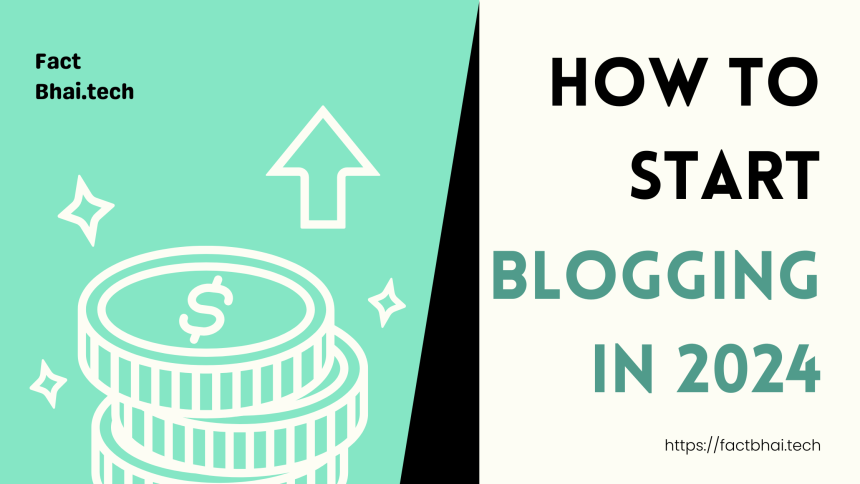Blogging has become a powerful way to share ideas, build an online presence, and even make money. Whether you’re looking to start a personal blog or create a platform for your business, learning how to start blogging can open up exciting opportunities. With the right tools and strategies, anyone can begin their blogging journey and reach a global audience.

This comprehensive guide will walk you through the process of starting a blog in 2024. You’ll learn how to choose a blogging platform, set up your WordPress site, design your blog’s look, create quality content, optimize for search engines, and grow your readership. By following these steps, you’ll be well on your way to launching a successful blog that resonates with your target audience.
Choose Your Blogging Platform and Web Host
When starting a blog, selecting the right platform and web host is crucial for success. This decision will impact your blog’s functionality, design, and overall performance. Let’s explore the options available and why WordPress stands out as a top choice for beginners.
Understanding Different Platforms
There are numerous blogging platforms available, each with its own strengths and limitations. Some popular options include Blogger, Wix, and WordPress. These platforms vary in terms of ease of use, customization options, and scalability.
Blogger, owned by Google, offers a simple and user-friendly interface, making it a good choice for those who want to start blogging quickly without technical knowledge. It provides free hosting and integrates well with other Google services.
Wix is another popular option, especially for beginners. It offers a drag-and-drop interface and pre-designed templates, making it easy to create a visually appealing blog without coding skills.
Why WordPress is Best for Beginners
While there are many platforms to choose from, WordPress stands out as the best option for most bloggers, especially beginners. Here’s why:
- Flexibility and Customization: WordPress offers unparalleled flexibility. With thousands of themes and plugins available, you can customize your blog to look and function exactly as you want.
- Scalability: As your blog grows, WordPress can easily accommodate increased traffic and functionality. It powers websites of all sizes, from small personal blogs to large corporate portals.
- SEO-Friendly: WordPress is built with clean, high-quality code that adheres to best practices in web standards. This makes it naturally SEO-friendly, helping your blog rank higher in search engine results.
- Large Community Support: WordPress has a vast community of users and developers. This means you can easily find help, tutorials, and resources when you need them.
- Cost-Effective: While WordPress software is free, you’ll need to pay for hosting and a domain name. However, the cost is relatively low, especially for beginners.
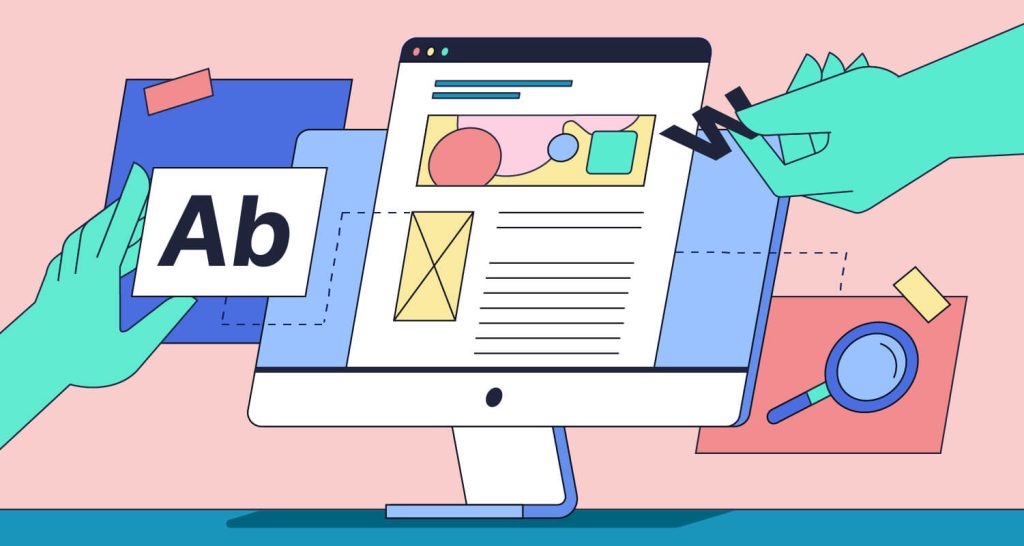
Setting Up Web Hosting
Once you’ve chosen WordPress as your blogging platform, the next step is to set up web hosting. Web hosting is what makes your blog visible to others on the internet. Without it, no one but you would ever see your blog posts.
When choosing a web host, consider factors such as:
- Reliability: Look for a host with a strong uptime guarantee to ensure your blog is always accessible.
- Security: Choose a host that offers robust security features to protect your blog from threats.
- Customer Support: Opt for a host with responsive customer service to help you when issues arise.
- Cost: Consider both signup and renewal costs, along with any additional fees for extra features or storage.
Many web hosting companies offer one-click WordPress installation, making it easy to get your blog up and running quickly. Some popular hosting options for WordPress include Bluehost, SiteGround, and WP Engine.
Remember, choosing the right platform and host is crucial for your blogging journey. Take the time to research and select options that align with your goals and needs.
Set Up Your WordPress Blog
After choosing a blogging platform and web host, the next step is to set up your WordPress blog. This process involves installing WordPress, configuring basic settings, and creating essential pages. Let’s break down each of these steps to help you get started on your blogging journey.
Installing WordPress
Installing WordPress has become increasingly simple over the years. Many web hosting providers offer one-click installation options, making the process quick and easy. If your host provides this feature, you can usually find it in your hosting control panel. Simply follow the prompts to install WordPress automatically.
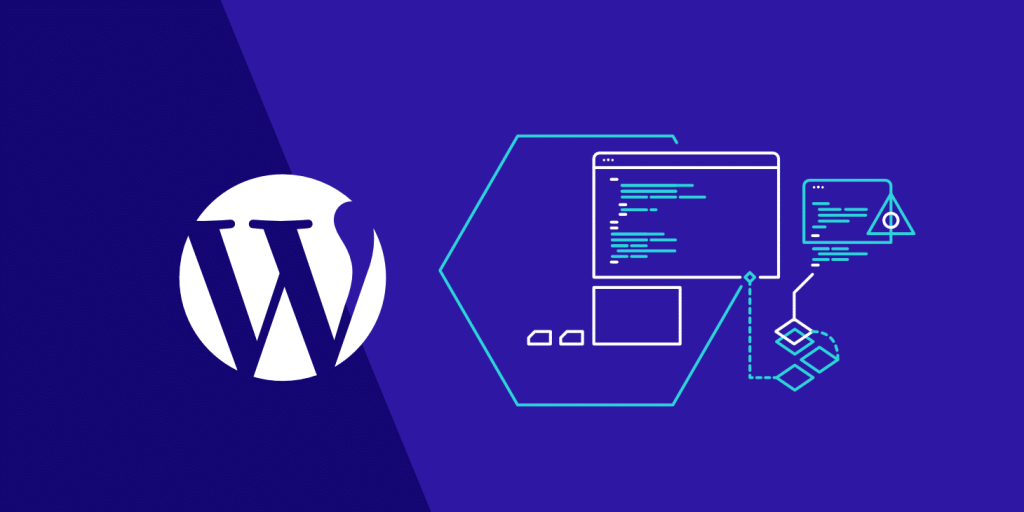
For those who prefer a more hands-on approach or whose hosts don’t offer automatic installation, manual installation is also an option. This involves downloading WordPress from the official website, uploading the files to your web server, creating a database, and running the installation script. While this method requires more technical knowledge, it gives you greater control over the installation process.
Configuring Basic Settings
Once WordPress is installed, it’s time to configure the basic settings. Log in to your WordPress dashboard and navigate to the Settings menu. Here, you’ll find several important options to customize:
- Site Title and Tagline: Enter your blog’s name and a brief description.
- Time Zone: Set this to match your local time for accurate post scheduling.
- Permalink Structure: Choose a URL structure for your posts (e.g., by date, post name, or custom structure).
- Discussion Settings: Decide how you want to handle comments on your blog.
Take some time to explore these settings and adjust them to fit your preferences. Remember, you can always come back and modify these settings later as your blog evolves.
Essential Pages to Create
Every blog needs a few key pages to provide information to readers and establish credibility. Here are some essential pages to consider creating:
- About Page: Introduce yourself and explain what your blog is about.
- Contact Page: Provide a way for readers to get in touch with you.
- Privacy Policy: Explain how you handle user data and comply with privacy regulations.
- Disclaimer: If applicable, disclose any affiliate relationships or sponsored content.
To create these pages, go to Pages > Add New in your WordPress dashboard. Write your content, then publish each page. You can add these pages to your blog’s navigation menu to make them easily accessible to visitors.
By following these steps, you’ll have a solid foundation for your WordPress blog. Remember, setting up your blog is just the beginning. The real journey starts as you begin creating content and engaging with your audience.
Design Your Blog’s Look and Feel
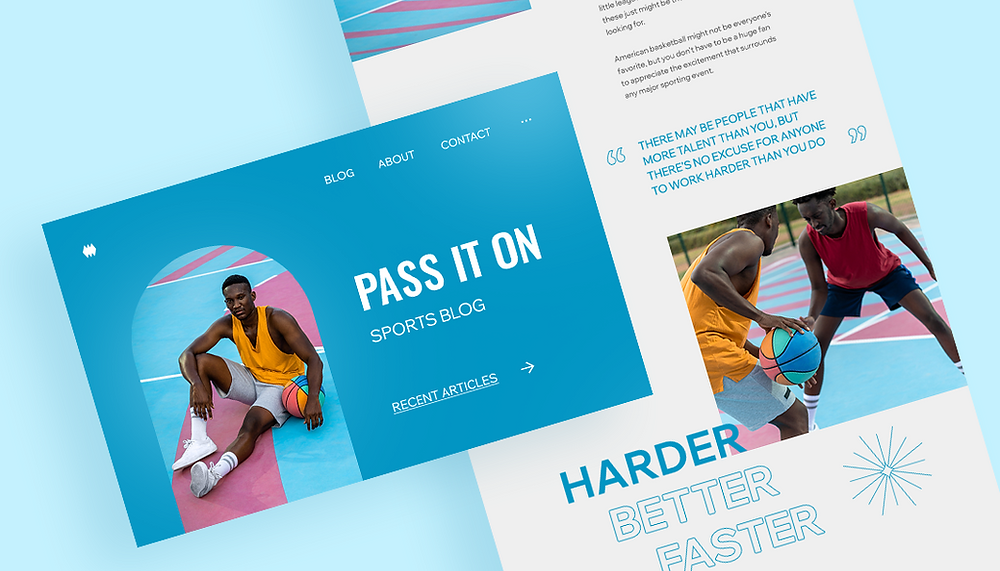
The design of a blog plays a crucial role in attracting and retaining readers. A well-designed blog can enhance credibility, improve user experience, and reflect the blogger’s personality. To create an appealing blog design, bloggers should focus on selecting an appropriate theme, customizing the design elements, and adding branding elements.
Selecting a Theme
Choosing the right theme is the foundation of a blog’s design. WordPress offers thousands of themes, both free and premium, that cater to various niches and styles. When selecting a theme, consider the following factors:
- Compatibility with your blog’s purpose
- Responsiveness across different devices
- Customization options
- Loading speed and performance
- Regular updates and support
It’s essential to pick a theme that aligns with your brand identity and offers the functionality you need. Many themes provide demo content, allowing bloggers to visualize how their site might look before making a final decision.
Customizing Your Design
Once a theme is selected, the next step is to customize it to match your vision. Most WordPress themes offer various customization options, including:
- Color schemes
- Typography
- Layout adjustments
- Header and footer designs
- Widget placements
To create a cohesive look, develop a style guide that includes your brand’s color palette, preferred fonts, and overall esthetic. This guide will help maintain consistency throughout your blog.
When customizing, keep in mind the importance of white space. It helps readers make sense of the content and draws attention to key points. Additionally, ensure that your blog design is mobile-responsive, as many readers access blogs through their smartphones.
Adding Branding Elements

Incorporating branding elements is crucial to make your blog stand out and create a memorable impression. Some key branding elements to consider include:
- Logo: Develop a unique logo that represents your blog’s identity. Place it prominently in the header or sidebar.
- Favicon: Create a favicon, the small icon that appears in browser tabs, to increase brand recognition.
- Custom header image: A well-designed header can set the tone for your blog and make it more visually appealing.
- Tagline: Craft a catchy and informative tagline that succinctly describes your blog’s purpose.
- About page: Create an engaging “About” page that showcases your personality and connects with your audience.
- Social proof: Include testimonials, social media follower counts, or awards to build credibility.
Remember to personalize your blog at every opportunity. Readers want to connect with people, not just brands. Show off your personality through your design choices and content presentation.
By carefully selecting a theme, customizing your design, and adding unique branding elements, you can create a blog that not only looks professional but also resonates with your target audience. A well-designed blog will help you stand out in the crowded blogosphere and create a lasting impression on your readers.
Create Quality Content Strategy
Creating a successful blog requires a well-thought-out content strategy. This involves choosing engaging topics, planning content in advance, and following best practices for writing. Let’s explore these key aspects of developing a quality content strategy for your blog.
Choosing Your Blog Topics
Selecting the right topics is crucial for attracting and retaining readers. To start, one should focus on subjects they are passionate about and have expertise in. This ensures that the content is authentic and valuable to the audience. It’s also important to consider what readers are interested in and searching for online.
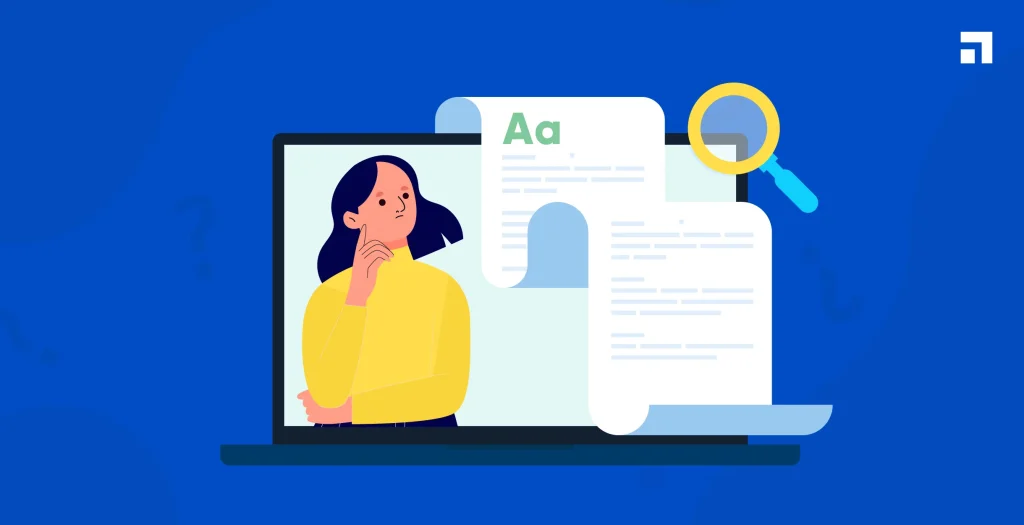
To find good blog post ideas, conducting keyword research is essential. Tools like Google’s Keyword Planner, SEMrush, and Ahrefs can help identify terms and questions people are searching for in a specific niche. Look for keywords with moderate-to-high search volume and low competition, as these signal topics that readers actively seek information on while giving an opportunity to rank well in search engines.
Another effective approach is to browse other blogs in the same niche to see what topics they cover. This can provide insights into popular post categories and subjects that resonate with readers. While doing this, look for gaps where a unique perspective can be offered.
Content Calendar Planning
A content calendar is a valuable tool for organizing and scheduling blog posts. It helps ensure consistent publishing and allows for better planning of content around important dates or events. To create an effective content calendar:
- Decide on a publishing frequency that is realistic and sustainable.
- Use a spreadsheet or specialized tool to plan out content topics and publication dates.
- Include different types of content, such as how-to guides, listicles, and opinion pieces.
- Allow flexibility for timely or trending topics.
When planning content, consider creating content clusters around main topics. This approach helps establish thought leadership and can improve search engine rankings.
Writing Best Practices
To create high-quality blog posts that engage readers and perform well in search results, follow these writing best practices:
- Craft attention-grabbing titles that incorporate keywords naturally.
- Write in a conversational tone, as if talking to a friend.
- Use short paragraphs and subheadings to improve readability.
- Include relevant examples and personal anecdotes to make content more relatable.
- Incorporate visuals such as images, infographics, or videos to break up text and enhance understanding.
- Edit and proofread thoroughly before publishing.
Remember, the goal is to provide value to readers while also optimizing for search engines. By following these strategies for choosing topics, planning content, and writing effectively, bloggers can create a strong foundation for a successful and engaging blog.
Optimize Your Blog for Search Engines
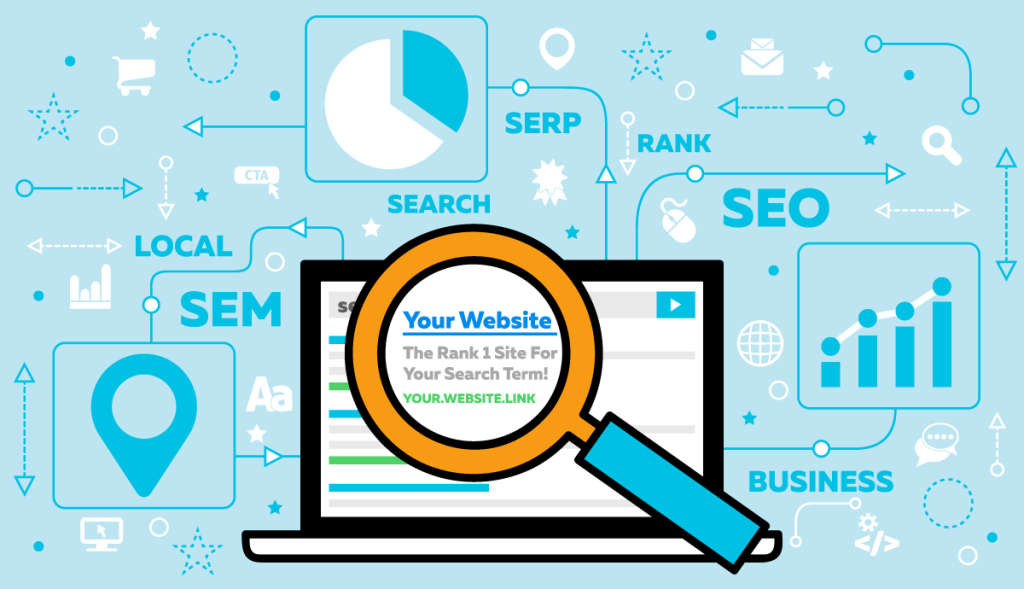
Search Engine Optimization (SEO) is crucial for the success of any blog. It helps search engines understand and rank your content, ultimately driving more organic traffic to your site. Let’s explore some key aspects of SEO for bloggers.
Basic SEO Setup
To start, ensure your blog is visible to search engines. Check your WordPress settings to make sure the “Discourage search engines from indexing this site” option is unchecked. This simple step allows search engines to crawl and index your content.
Next, focus on your URL structure. Using SEO-friendly URLs that include your target keywords can help improve your search rankings. For example, instead of using a default structure like “?p=123”, opt for a more descriptive format such as “wordpress-seo-tips”.
Another crucial element is your site’s security. Search engines prefer secure websites, so make sure your blog uses HTTPS. Many hosting providers offer free SSL certificates, which you can easily install to secure your site.
Keyword Research
Keyword research is the foundation of effective SEO. It involves identifying the terms and phrases your target audience uses when searching for content related to your blog topics. By understanding these keywords, you can create content that aligns with user intent and has a better chance of ranking well in search results.

Start by brainstorming topics relevant to your blog niche. Then, use keyword research tools to find related search terms, their search volumes, and competition levels. Look for keywords with moderate search volume and low competition, as these often present the best opportunities for new bloggers to rank well.
Remember to incorporate your chosen keywords naturally throughout your content, including in titles, headings, meta descriptions, and body text. However, avoid keyword stuffing, as this can negatively impact your SEO efforts.
Technical Optimization
Technical SEO involves optimizing the backend of your blog to improve its performance and make it easier for search engines to crawl and index your content. Here are some key areas to focus on:
- Site speed: A fast-loading blog provides a better user experience and is favored by search engines. Optimize your images, use caching plugins, and consider a content delivery network (CDN) to improve your site’s speed.
- Mobile responsiveness: With more people accessing content on mobile devices, having a mobile-friendly blog is essential. Choose a responsive WordPress theme and test your blog’s mobile performance regularly.
- XML sitemap: Create and submit an XML sitemap to search engines. This helps them understand your site structure and find new content more easily. Many SEO plugins can generate and update your sitemap automatically.
- Internal linking: Implement a strong internal linking strategy to help search engines and users navigate your blog more effectively. This also helps distribute link equity throughout your site.
- Schema markup: Use schema markup to provide search engines with more detailed information about your content. This can lead to rich snippets in search results, potentially increasing your click-through rates.
By implementing these SEO strategies, you’ll be well on your way to improving your blog’s visibility in search results and attracting more organic traffic. Remember that SEO is an ongoing process, so continue to learn and adapt your strategies as search engine algorithms evolve.
Start Growing Your Blog

Once you have set up your blog and created quality content, it’s time to focus on growing your audience and increasing your blog’s visibility. Here are some effective strategies to help you start growing your blog:
Promotion Strategies
To increase your blog’s reach, it’s crucial to have a solid promotion plan for every post you publish. Before writing, consider who your target audience is and how you’ll get readers to your blog post. This approach can significantly impact your blog’s growth and traffic.
One effective promotion strategy is to share your blog posts on social media platforms. However, don’t limit yourself to just posting links. Engage with your audience by responding to comments and collaborating with other bloggers in your niche. This interaction can help build a community around your blog and increase reader engagement.
Another powerful promotion tool is email marketing. Building an email list allows you to communicate directly with your audience, provide valuable content, and promote your offers. Email subscribers are often more engaged than social media followers, as they have actively chosen to receive updates from you.
Building an Email List
Email marketing is a crucial aspect of growing your blog. Start collecting email addresses from your website visitors as soon as possible. Offer incentives like exclusive content or discounts to encourage sign-ups. Remember, your email list should be permission-based, accurate, and relevant to your audience.
To make the most of your email list, set up an autoresponder series. Instead of just sending out your latest posts, create a series of emails that introduce new subscribers to your best content. This approach can help you increase page views on older content and earn affiliate commissions.
When crafting your emails, focus on providing value and engaging content. Personalize your messages and segment your list based on subscribers’ interests. This targeted approach can lead to higher open rates and click-through rates, ultimately increasing your blog’s page views.
Social Media Marketing

Social media platforms offer excellent opportunities to promote your blog and engage with your audience. Each platform has its unique characteristics, so tailor your approach accordingly.
Pinterest, for example, can be particularly effective for driving traffic to your blog. Unlike other social media platforms, Pinterest acts more like a search engine, allowing your content to have a longer lifespan. Create visually appealing pins that link back to your blog posts and use relevant keywords in your descriptions.
Facebook groups can be another powerful tool for building a community around your blog. Share valuable content, engage in discussions, and provide support to group members. This approach can help establish your authority in your niche and drive traffic back to your blog.
Remember, consistency is key when it comes to social media marketing. Develop a posting schedule and stick to it. Engage with your followers regularly and use analytics to track which types of content perform best on each platform.
By implementing these promotion strategies, building an email list, and leveraging social media marketing, you can effectively grow your blog’s audience and increase your traffic over time. Remember that growth takes time and persistence, so stay consistent in your efforts and continue to provide value to your readers.
Conclusion
Embarking on a blogging journey opens up a world of possibilities to express your ideas and connect with a global audience. By following this comprehensive guide, you’ve learned the essential steps to start and grow a successful blog in 2024. From choosing the right platform and designing your blog’s look to creating quality content and optimizing for search engines, you now have the tools to make your mark in the blogosphere.

Remember, blogging is a continuous learning process that requires patience, consistency, and adaptability. As you put these strategies into practice, you’ll discover what works best for your unique voice and audience. Don’t miss out! Join our newsletter for the latest tech insights. Stay committed to providing value to your readers, and you’ll see your blog grow and thrive over time. Happy blogging!
FAQs
1. How do I start a blog in 2024? To begin blogging in 2024, follow these steps: Choose a blog name and topic niche, set up your blog hosting, create your blog using a free WordPress theme, write and publish your initial post, promote your blog to attract readers, and explore ways to monetize your blog.
2. What are the steps to writing a blog in 2024? To write a blog in 2024, you should: Select a blog name and secure blog hosting, initiate your blog by installing WordPress, choose a straightforward theme to personalize your blog, install essential blogging plugins for audience engagement and analytics, and produce engaging content that resonates with your audience.
3. Is blogging still a profitable venture in 2024? Yes, blogging continues to be profitable in 2024. It remains a significant and effective content marketing strategy that is expected to maintain its relevance and profitability in the future.
4. Can you provide a step-by-step guide on how to start a blog? To start a blog, follow these seven steps: Name your blog, select a blog building platform, choose a web hosting service, connect your domain name to your blog, design your blog’s layout, publish your inaugural post, and consistently promote your blog while continuing to publish new content.

